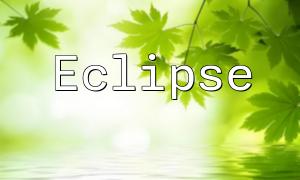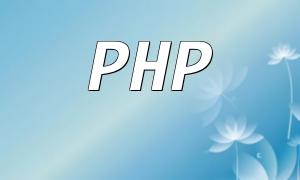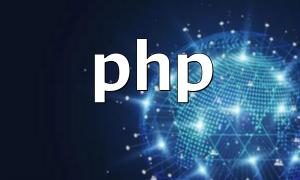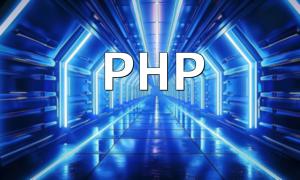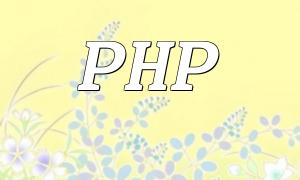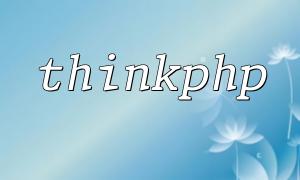In today's web development, setting up a proper environment is essential for ensuring smooth application operation. This article will walk you through how to configure the PHP environment on IIS (Internet Information Services), helping you get your PHP project up and running seamlessly.
IIS (Internet Information Services) is a web server developed by Microsoft, widely used in Windows operating systems. It provides stable hosting and high performance for websites. With the right configuration, IIS can integrate seamlessly with PHP to create powerful dynamic websites.
Before beginning the configuration, ensure that IIS is installed on your Windows system. Here are the installation steps:
Once IIS is successfully installed, the next step is to install PHP. You can download the latest version from the official PHP website. Follow these detailed steps:
After installing PHP, you'll need to configure IIS to make it run properly. Here are the configuration steps:
Next, you'll need to configure the PHP.ini file to meet the needs of your application. You can modify the following settings based on your requirements:
The final step is to verify that PHP has been successfully installed and configured. You can create a simple PHP file for testing:
Save the above code as info.php and place it in your website’s root directory. Then, visit http://yourdomain.com/info.php in your browser. If everything is set up correctly, you should see the PHP configuration page.
By following these steps, you should have successfully configured the PHP environment on IIS. This setup not only boosts your development efficiency but also ensures stable website operation. If you encounter any issues during the configuration process, feel free to refer to the official documentation or seek help from online communities.


